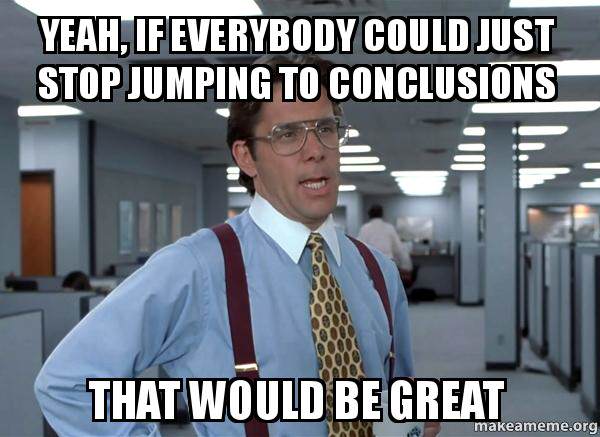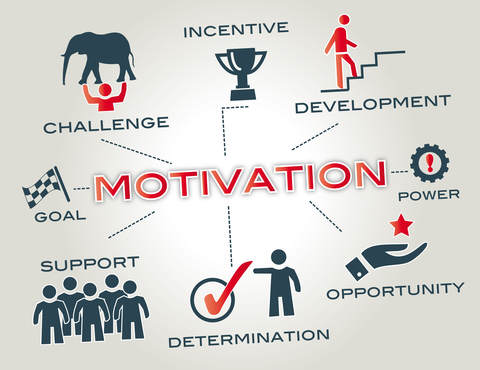In a recent blog we discussed Peer Pressure, Conformity and Safety Culture. As with peer pressure, authority pressure and the resulting obedience can be either good or bad. It is hard to imagine a functioning society without obedience to police officers or successful organizations without obedience to supervisors. It is also not hard to imagine the negative impact of power hungry, authoritarian police or over zealous, production oriented supervisors. The study of obedience to authority has its roots in the famous research of Stanley Milgram (1963). His research was stimulated by the Nazi atrocities seen during WWII. The question he attempted to answer was…how could seemingly moral people follow instructions to kill innocent civilians simply at the command of a superior officer? The experimental conditions that he utilized involved a series of subjects who were required to “administer” electric shocks to a confederate when the confederate failed to answer a question correctly. In reality no shock was actually administered but the test subjects were unaware of this and thought that they were actually administering increasingly powerful shocks to the confederate. If the test subjects balked at administering the shocks, they were directed/commanded by the experimenter (in white lab coat) to continue. The “shocks” began at 15-volts and progressively increased to a maximum of 450-volts which could in reality kill the confederate if actually administered. The results indicated that a majority (62.5%) of test subjects went all the way up to the maximum shock when directed to do so by the authority figure. Many of the test subjects showed signs of distress, indicating that they did not agree with the directive, but the majority did so anyway.
Perhaps even more concerning is recent research that indicates that even having a resistant ally did not stop others from being obedient to authority (Burger, 2009). The power of authority pressure can be extreme. While the Milgram studies are focused on the negative effects of bad authority pressure, obedience which leads to prosocial behavior ultimately contributes to culture and organizational success. It is difficult to achieve success in social groups whether it be society or organizations without obedience. Understanding the powerful influence that leaders have on the performance of their employees and establishing cultural norms and developing the leadership skills that lead to desired performance can have a profound impact on how these individuals lead and on how their employees respond when pushed to perform in an undesired manner whether that performance relates to production, ethics or safety.


















